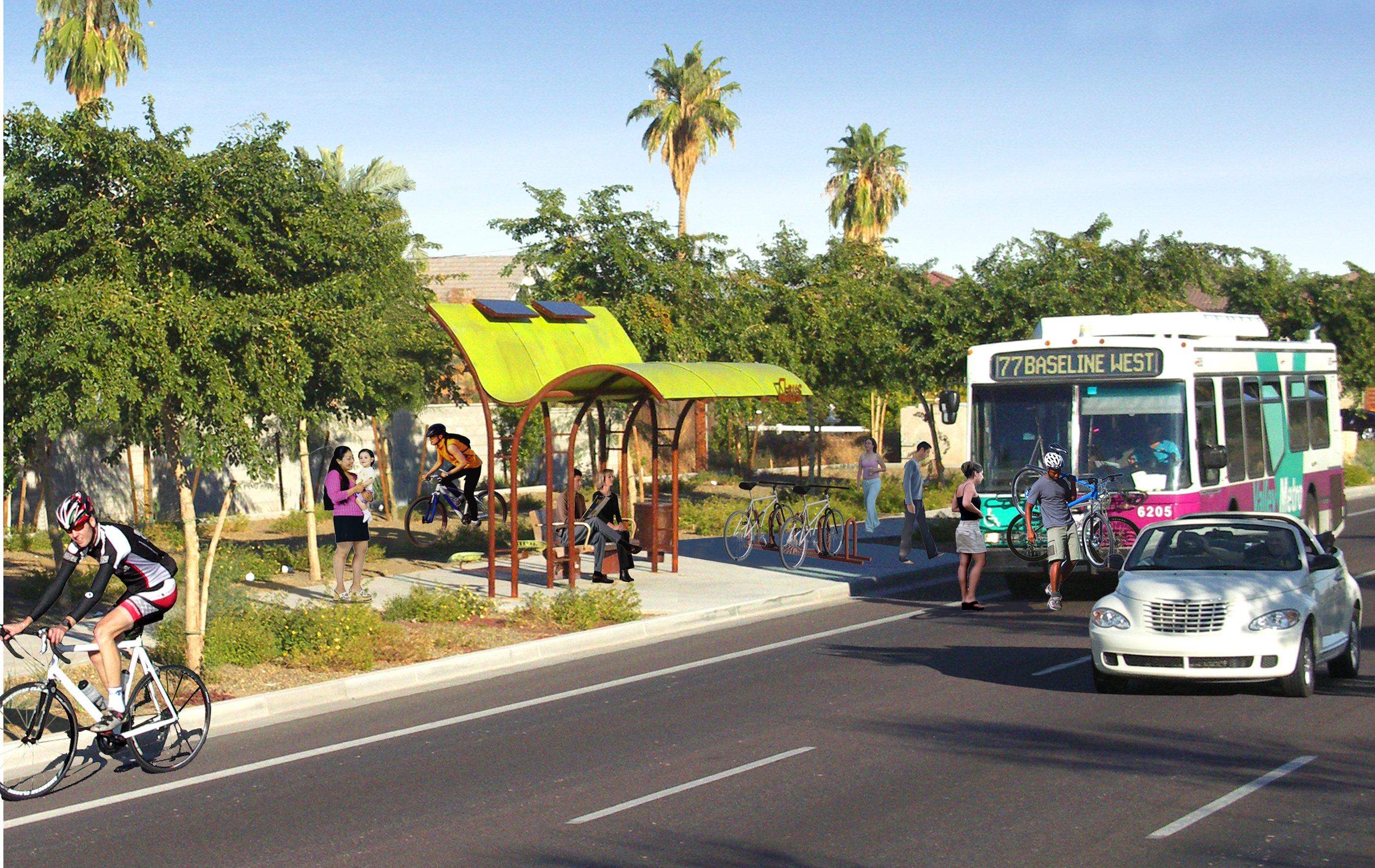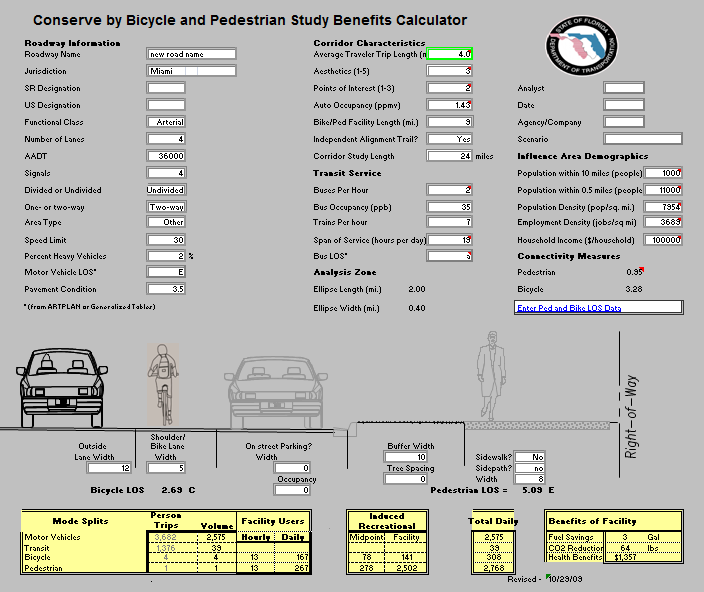Predicting the Future Page
“How many people would use the pathway?”
Corridor Level Mode-shift and Induced Recreational Activity Modeling
For years, planners and engineers have been asked – “How many people would use the pathway… (or cycle track, or protected bikeway, etc.)…?” When public leadership contemplate making a significant investment for a pathway, or if they have been challenged with defending the trade-off of motor vehicle capacity in a constrained corridor, they want to have reliable numbers to back up their decision. Thanks to major funding ($1.3M) by the Florida DOT, Landis Evans staff developed a suite of tools that provide the answers to these challenging (and seemingly insolvable) questions. The Corridor Level Mode-Shift and Induced Recreational Activity Model (also known affectionately as the “Holy Grail Model”) is employed to confidently predict expected levels of activity on a future pathway, as well as the tangible value of network connectivity, aesthetics and other elements of a “complete street” environment. It also answers, with objective precision, the core questions of sustainability benefits such as community health (cost savings) and economic vitality of the corridor.



